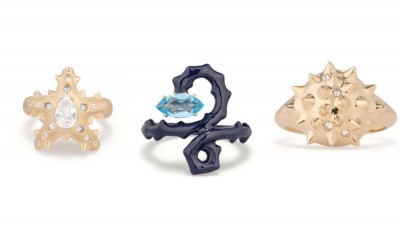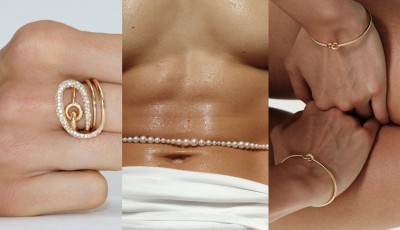Tony Gherardelli: How Are Luxury Goods Consumed?
Tony Gherardelli of Intesa Sanpaolo outlines the new behaviors that guarantee a luxury brand the evolution necessary to satisfy today's customer
An important sign of recovery in luxuryrelated consumption comes from international markets, especially the Asian and American markets where consumer behavior has started up again more quickly. According to Intesa Sanpaolo's Studies and Research Department, in a period of travel restrictions, the Chinese have purchased directly within national borders with greater recourse to the online channel and duty free in destinations such as Hainan and Macau, thanks to Beijing's policies that have raised the ceiling on tax-free spending, with a +27% growth estimate for Chinese consumers (source: Altagamma). Among the various trends that have emerged, companies should note that consumers are showing an ever-increasing sensitivity towards the values that brands convey: more than 6 out of 10 consumers (7 out of 10 in the case of Millennials and Gen Z) are aware of the influence that sustainability and inclusion have on their decision-making process. By investing in e-commerce and digital marketing, companies will be able to latch onto the growth linked to online channels and boost sales in physical shops as part of an ever-greater integrated purchasing process, which brands need to guarantee by means of a fluid crosschannel experience. «To understand what the post-pandemic situation would be like, all it took was a little sense of history,» says Tony Gherardelli, Head of Customer Lifestyle Services at Intesa Sanpaolo. «There is now a desire to return to the Great Gatsby days. The same thing happened a 100 years ago when, after the Spanish Flu hit Europe, the world welcomed Deco and Bauhaus. In general, there has now been a major rejuvenation in all sectors, with a greater increase in luxury consumption by Gen Z, who have been able to grasp and appreciate the heritage element on which many fashion brands have focused, embracing an audience of 14- to 20-year-olds. And if we go on to talk about the value that a system of luxury services for high-spending customers is now seen to have, Intesa Sanpaolo's Exclusive card, just a few months after its launch, confirms the extent to which the ability to personalize the offer, which puts caring, assistance and customer care at the center, summarizes a new concept of contemporary luxury that makes space, time and silence its three main assets.»






